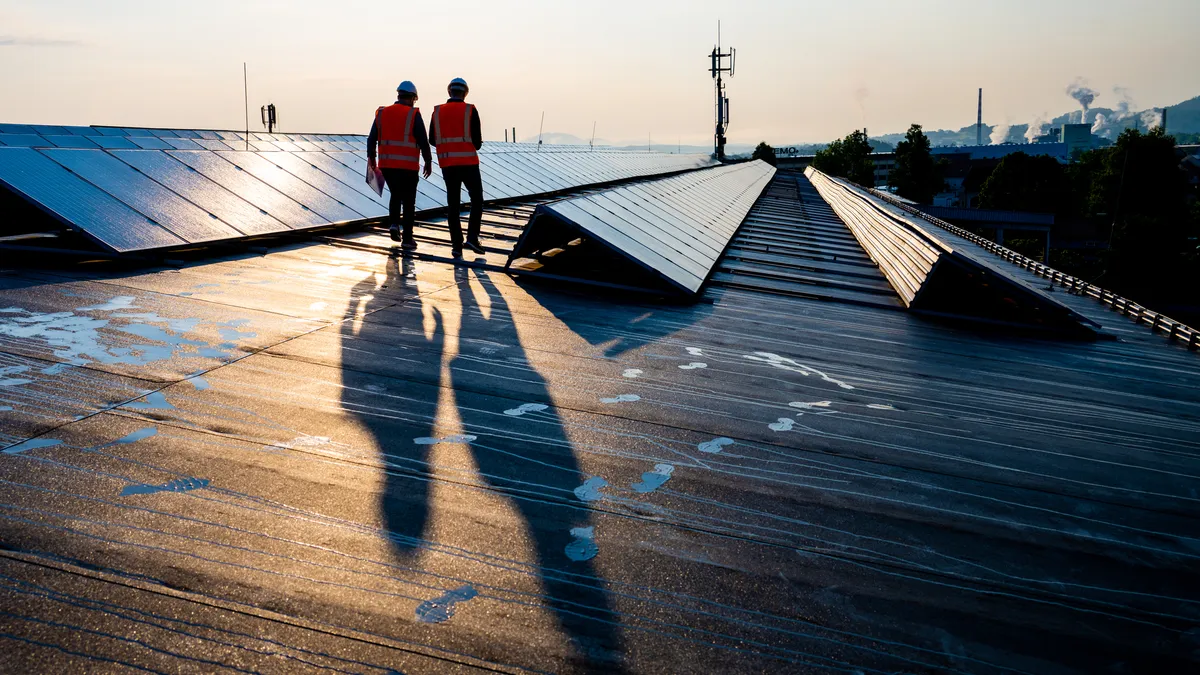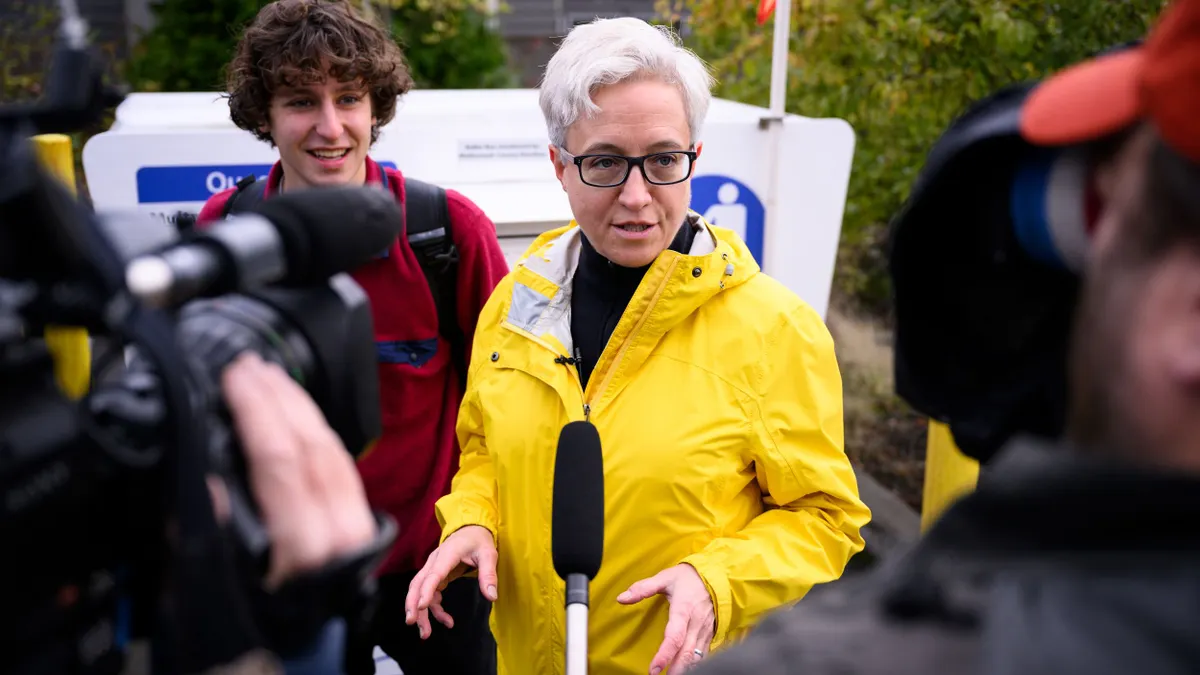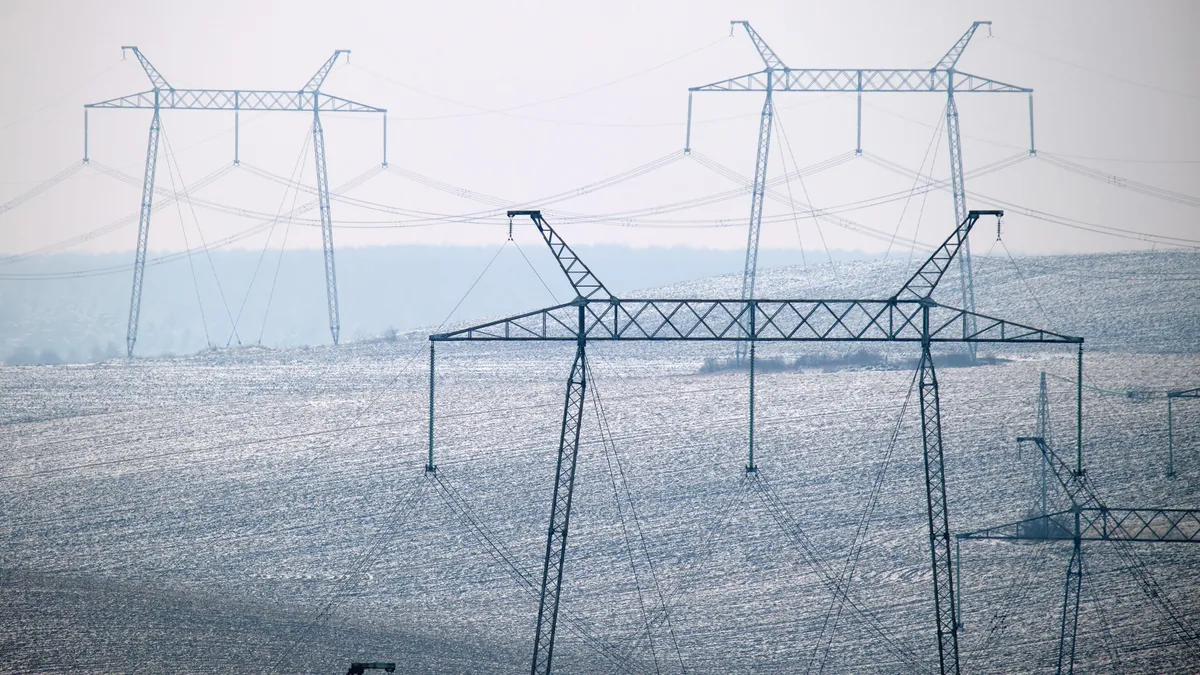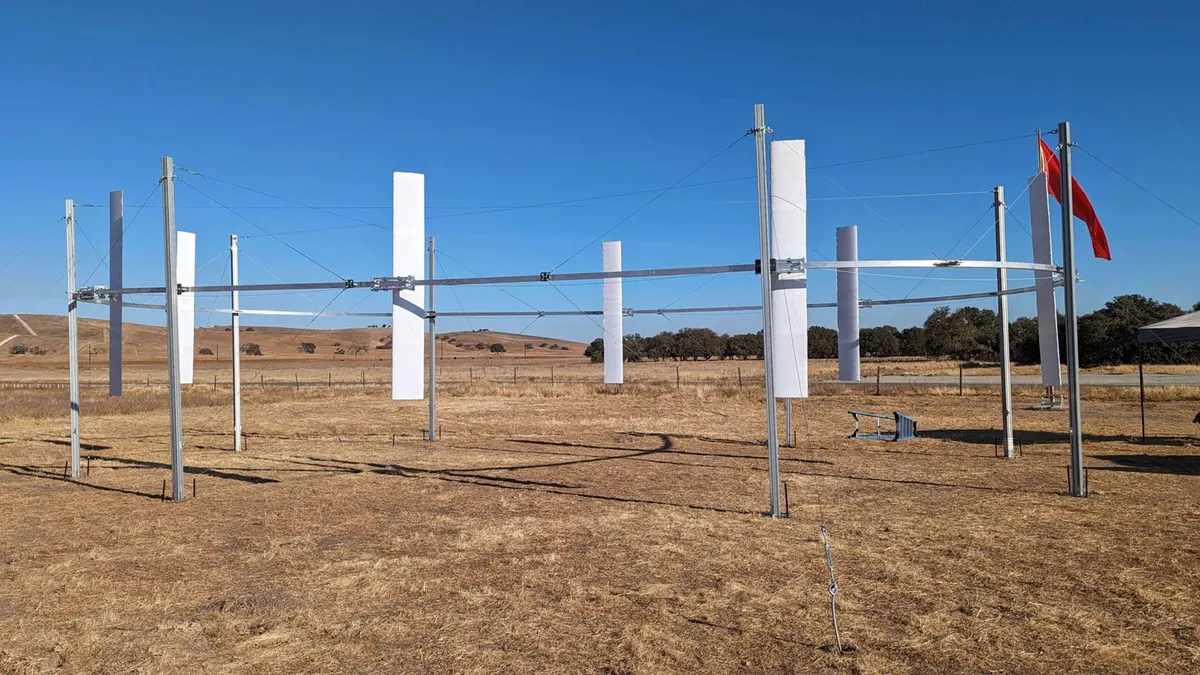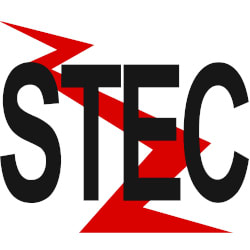First Solar is investing $1.3 billion in expanding its manufacturing operations in Ohio as the company draws close to selling out of product through 2026.
The company’s chief commercial officer, Georges Antoun, confirmed that First Solar’s planned production is fully allocated through 2025 and was close to being fully allocated through 2026 at the time of their third quarter 2022 earnings call in late October.
“From our perspective, this points to an evolution in procurement behavior by the larger, more experienced developers,” Antoun told Utility Dive. “The days of short-term procurement cycles seem to be behind us as customers increasingly value long-term supply and pricing certainty, trusting us and our technology enough to contract multiple gigawatts with deliveries spread over multiple years further and further into the future.”
He added that First Solar doesn’t want to be in the position of turning customers away and will try to accommodate as many of them as possible while continuing to explore opportunities to expand its capacity even further.
In addition to a third factory the company expects to be commissioned in Ohio in the first half of the year, it is investing $1.3 billion in expanding its existing manufacturing operations in the state and building a fourth manufacturing facility in Alabama.
These plans bring the company’s total investment in the U.S. solar supply chain to over $4 billion, Antoun said, and will bring its total annual domestic manufacturing capacity to 10.6 GW by 2025.
The Inflation Reduction Act “was certainly a catalyst in our decision to expand, but it wasn’t the only factor,” he said. “Even before IRA was announced, we saw unprecedented demand from customers seeking the long-term pricing and supply certainty that has come to be our competitive differentiator.”
Antoun noted that when the Inflation Reduction Act was announced, the company had just reached a new record of having 44 GW in contracted production and was set to announce that it was sold out through 2024.
“This record backlog, orders stretching out to a few years, over 80 gigawatts of potential booking opportunities, and the certainty that IRA is expected to provide, supplied the fundamentals we needed to move forward with our investment decision,” he said.
Headwinds and tailwinds for solar
Demand for solar panels has risen after the Inflation Reduction Act extended and increased a number of tax credits for solar projects and manufacturing, while global supply has been constrained by an ongoing tariff investigation, the enactment of the Uyghur Forced Labor Prevention Act, and the lingering impacts of the pandemic on the supply chain.
Solar manufacturer Hanwha Q Cells, a subsidiary of South Korean industrial group Hanwha Corp., recently announced plans to invest $2.5 billion in building up the U.S. solar supply chain by expanding its manufacturing in Georgia.
Harrison Godfrey, Advanced Energy United’s managing director, said in an interview that he thinks the IRA acted as an “accelerant” for companies expanding their domestic manufacturing.
“In some cases, it's the tipping point,” he said. “It's also the tipping point, in some cases, between whether a company says, ‘We'll make it here,’ or, ‘We'll make it elsewhere, and we'll sell it here.’”
Godfrey said that he sees the IRA as a particularly effective piece of policy because it drives both supply and demand in the renewables sector. The IRA’s provision of a production tax credit that applies to individual components within each domestically produced solar panel provides a cumulative “waterfall” of cost reductions for manufacturers, while the investment tax credit drives demand by incentivizing solar projects.
Though the 2009 American Recovery and Reinvestment Act included a solar manufacturing tax credit, there wasn’t a simultaneous driver of demand, he said.
“We didn't have the 10-plus year runway that we have now with the [investment tax credit],” he said. “So the project developers, the companies who would be at the end of the assembly line buying that product, they didn't know what their economics looked like further out into the future.”
As a result, Godfrey said, long-term orders were limited because the market lacked a continued certainty of demand.
“With the PTC alone, I could reasonably see First Solar being sold out through 2024 as a result,” he said. “But if you didn't have the ITC on the other end, driving demand to solar, I don't think you would have the runway that has now been created. The idea that you've got a manufacturer saying, ‘We're expanding our production, and we're sold out through 2026’ – that doesn't happen without both of these policies working in tandem.”
Correction: We have updated this story to reflect that First Solar's $1.3 billion investment applies to its expansions in Alabama as well as Ohio.



